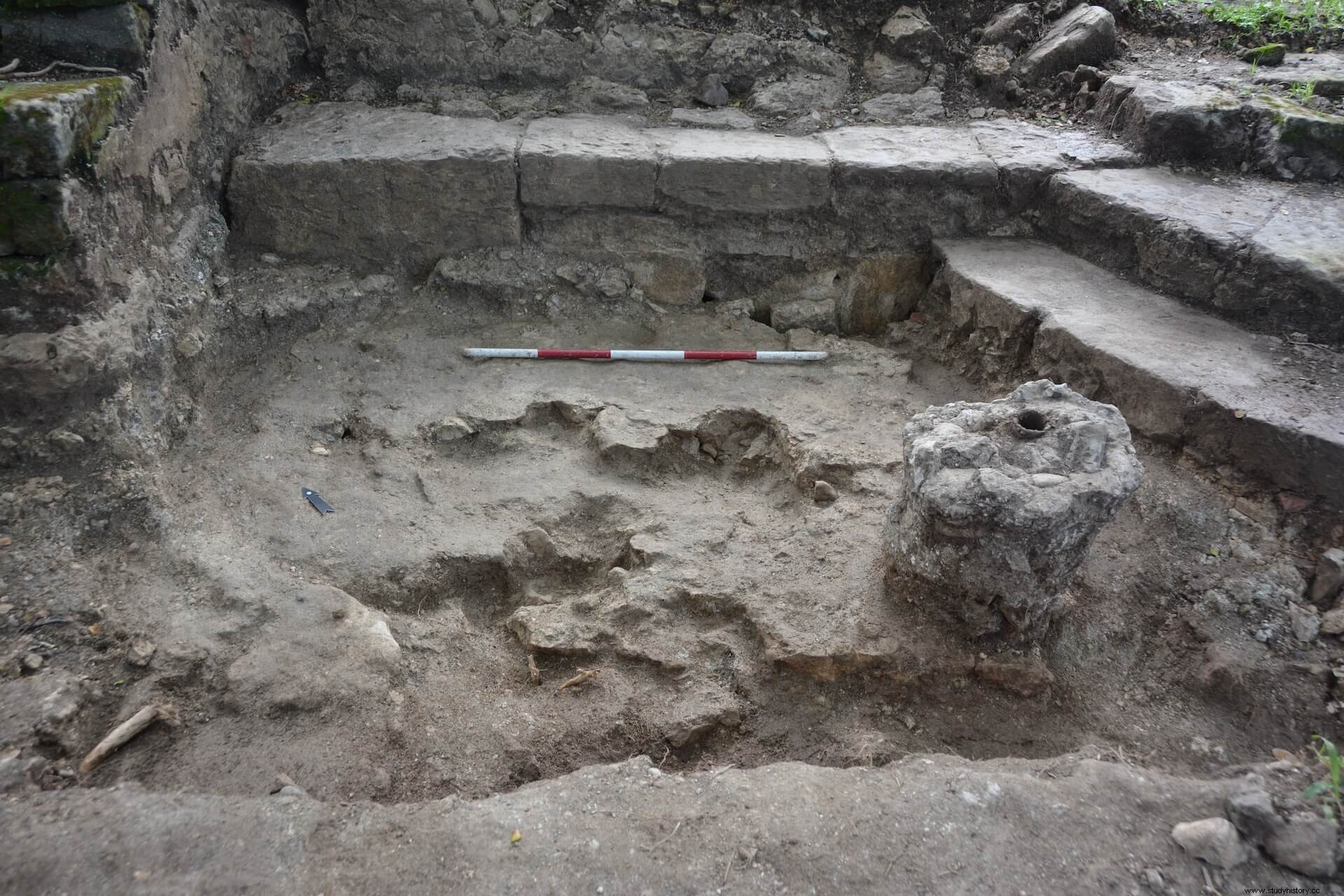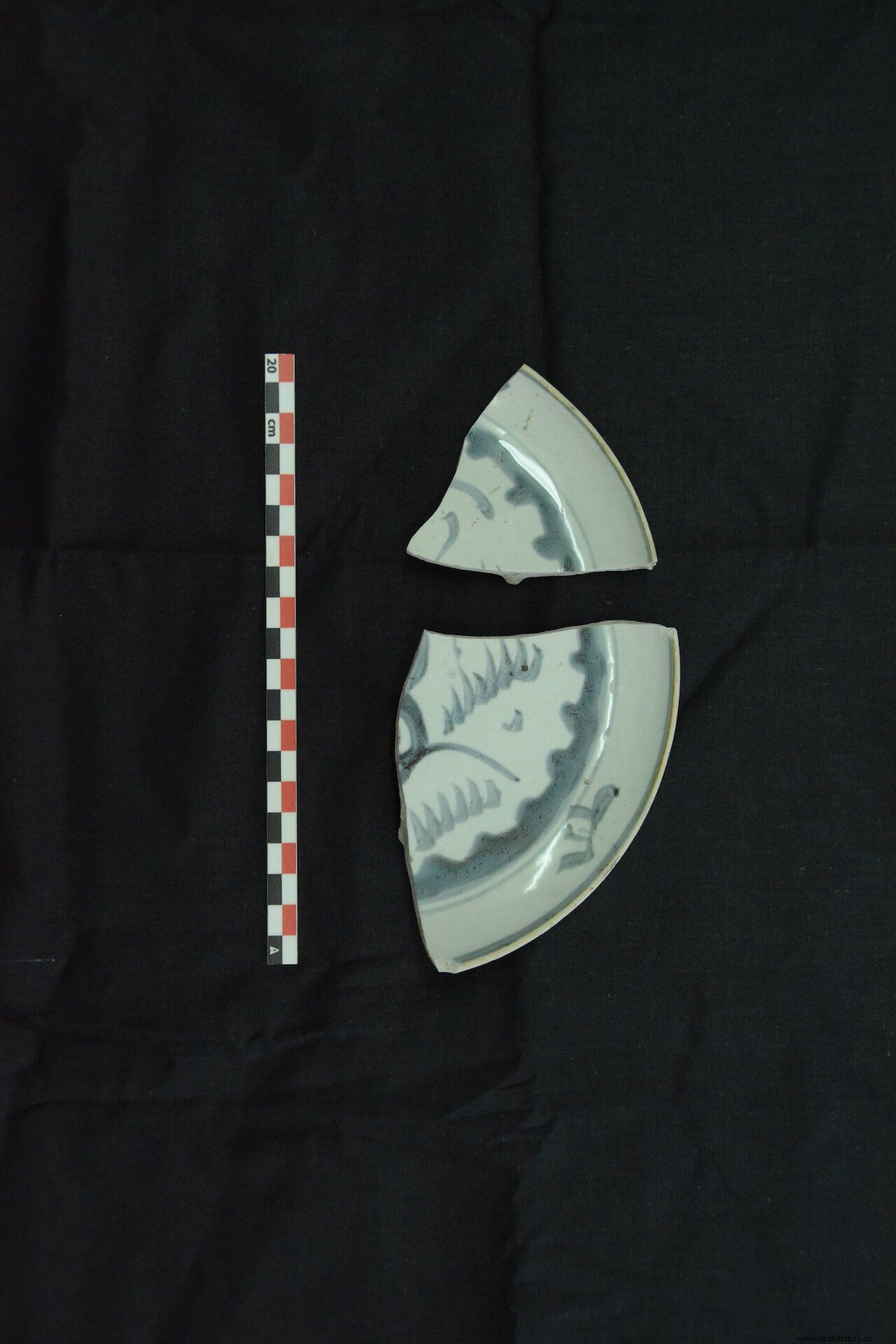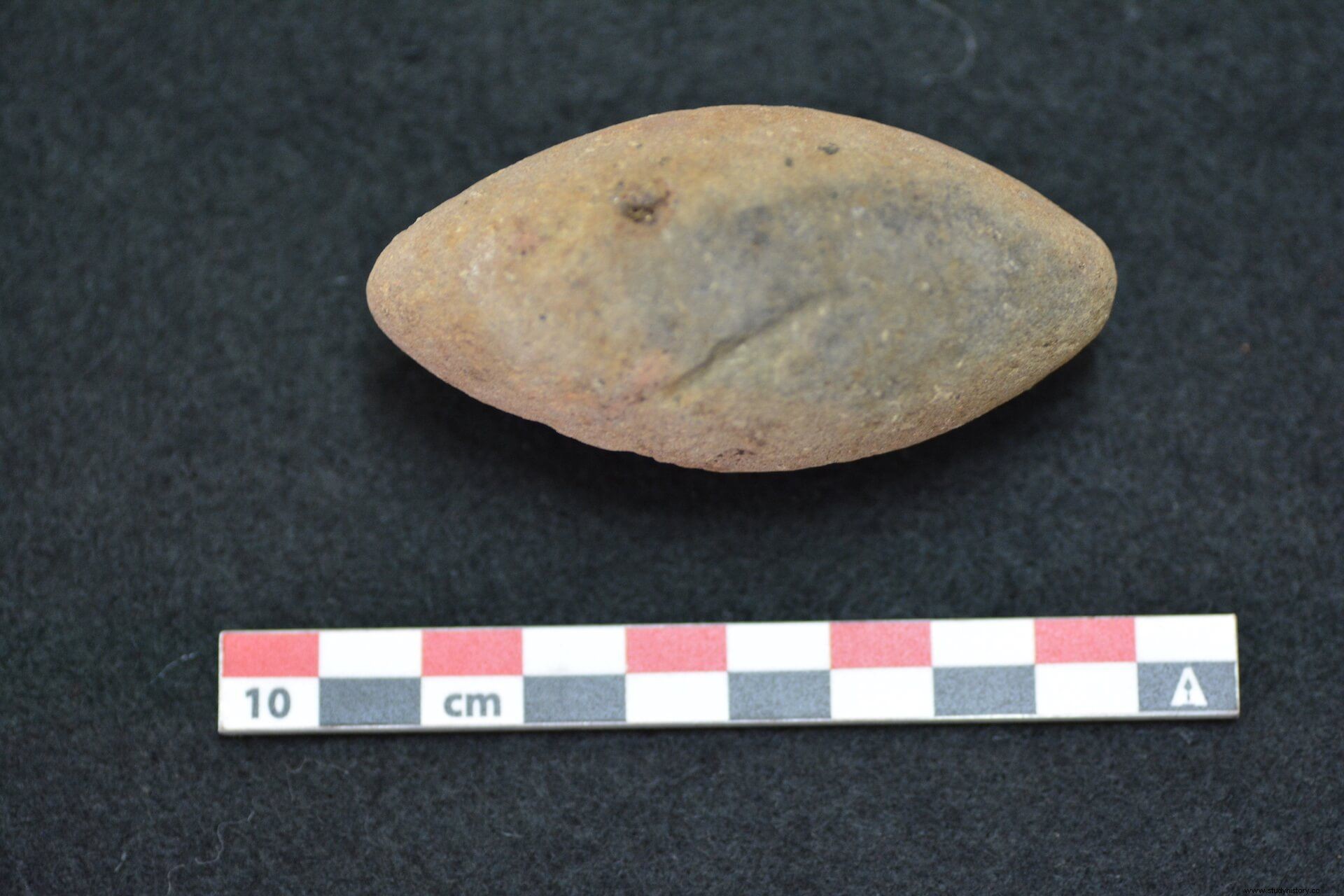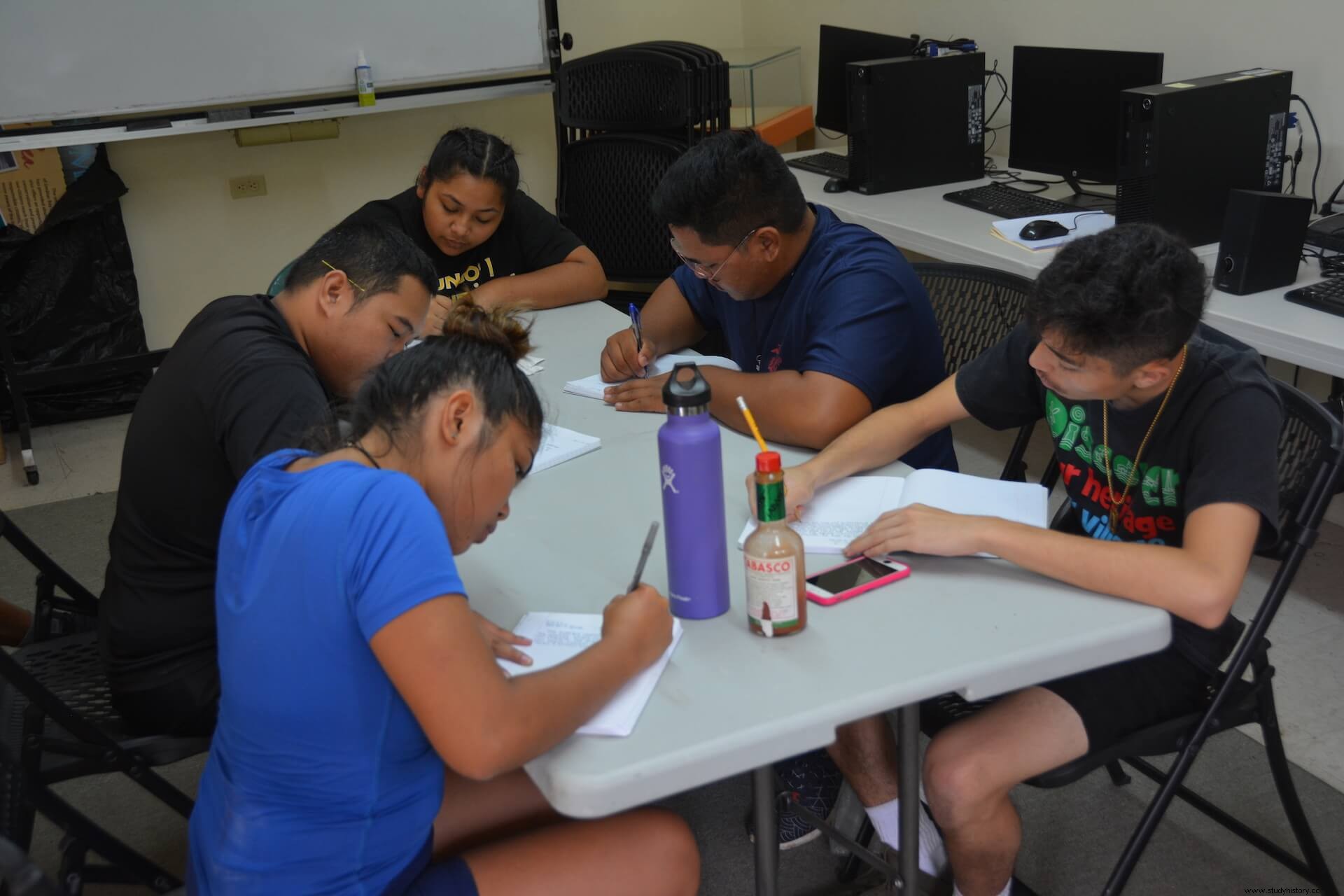
So far, this campaign has documented the different construction phases of the church of San Dionisio, which, since its construction at the end of the 17th century, was rebuilt on several occasions after a series of natural disasters and conflicts with sectors of the native population. opposed to colonization. Likewise, the presence of a series of burials has been identified in the access courtyard, with areas specially reserved for the deposition of babies, newborns and young children.
On the other hand, one of the precincts of the governor's palace or royal house has been determined. , which will be excavated in 2019 and where material culture has already been recorded, made up of elements typical of the colonial and pre-colonial world or latte .

As regards San Dionisio, it is one of the first Jesuit missions built in Guam and the Mariana Islands. Until the beginning of recent excavations, there was hardly any documentation about it, except for some brief references in written sources and engravings made in the framework of different expeditions that took place in the 19th century.

The research project is led by Pompeu Fabra University, co-directed by its professor, Dr. Sandra Montón Subías, together with the University of Barcelona (Dr. Natalia Moragas Segura) and the University of Hawai'i-Manôa ( James M. Bayman, MD). It also has the collaboration of the Guam Preservation Trust (Mr. Joe Quinata), the State Historic Preservation Office (Ms. Lynda Bordallo Aguon), the University of Guam (Omaira Brunal-Perry) and the Autonomous University of Madrid (Dr. Lourdes Torreira Meadows). Undergraduate students from the University of Guam and postgraduate students from Pompeu Fabra University also participate. Financial aid is available from the Palarq Foundation and funding from the Ministry of Education, Culture and Sports (MECD) through the Institute of Cultural Heritage of Spain (IPCE).
Schoolchildren and inhabitants of the community
ABERIGUA pursues the empowerment of the local population through the management of its cultural heritage and a close collaboration between the members of the project and the island's institutions. For this reason, it is developed within the framework of community archaeology, which integrates schoolchildren and inhabitants of the Umatac community, who have received training from the project's professional archaeologists.

Guam witnessed the first contact between Europe and Oceania, when the Magallanes-El Cano expedition anchored precisely in Umatac. during the first circumnavigation of the world in 1521. Later, in 1668, it was incorporated into the colonial network of the modern Spanish empire. Along with Agaña, it was the most important city of the Spanish colonial administration.
ABERIGUA studies the processes of identity, change and continuity associated with this evolution. It is a medium-long term project that combines excavation and archaeological study of enclaves representative of the different sectors involved in the colonial processes:missions, royal houses, reductions and indigenous settlements prior to colonization.
